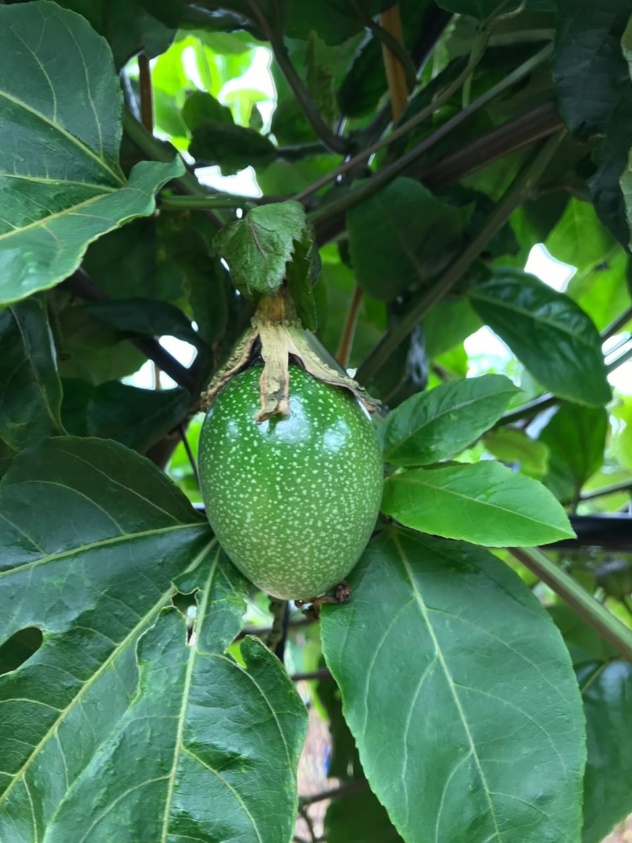PASSION FRUIT – MARACUYÁ

Passion fruit – Maracuyá is tropical fruit of a plant that grows as a vine and belongs to the family of Passiflora, of which more than 400 varieties are known. It is native to South America and Colombia are the best known and prized varieties, such as purple or purple (P. edulis sims) and yellow (P. edulis flavicarpa degener F), although the latter has been extended.
The fruits of passion fruit – Maracuyá have a particularly intense flavor and high acidity, very popular in American, European and Asian countries that demand it with great interest. This condition puts Colombia in a privileged position as a producer and exporter of one of the best fruits and juices and concentrates the best in the world. Passion fruit is very important for the taste qualities of fruit and pharmaco-dynamic and nutritional qualities of its juice, peel and seeds.
The passion fruit is longer than the leaves rolled into a spiral, vigorous, woody perennial with branches up to 20 meters long climbing plant, green stems, grooved on top and glabrous, axillary tendrils. The leaves are shiny green with ribbed petioles glabrous on top; has two round nectaries at the base of the leaflet, the leaf is palmate and usually with three lobes.
-
It is a source of protein
-
It is a source of minerals
-
It provides large amounts of vitamins
-
It is rich in carbohydrates and fat
-
It contains calcium
-
It is rich in iron
-
It has a high phosphorus content
-
It is essential for vision, hair, mucous membranes and skin
-
Helps the proper functioning of the immune system
-
Benefits the absorption of iron from food
In addition, consumption of passion fruit is highly recommended because:
- By having a high fiber content, improves intestinal transit reducing diseases such as constipation; It reduces the level of blood sugar levels in people with diabetes It helps lower blood pressure
- It helps lower blood pressure
- It acts as a tranquilizer
Passion fruit – Maracuyá can be consumed in the following ways:
- Refreshments
- Nectars
- Yogurt
- Jams
- Licquors
- Ice Cream
- Pudins
- Canned
- Candies
NUTRITIONAL CONTENT
| CONTENT PER 100 GRS PULP | UNITS |
| Water | 75,1% |
| Proteins | 2,2gr |
| Carbohydrates | 21,2 mgr |
| Dietary fiber | 0,4 gr |
| Ash | 0,8 gr |
| Fat | 0,7 gr |
| Calories | 90 Kcal |
| Folic acid | 20 mgr |
| Fiber | 20 mgr |
| Calcium | 13 mgr |
| Ascorbic acid | 30 mgr |
| Phosphorus | 64 mgr |
| Iron | 1,6 mgr |
| Niacin | 0,1 mgr |
| Tiamin | 0,01 mgr |
| Rivoflabina | 0,1 mgr |
